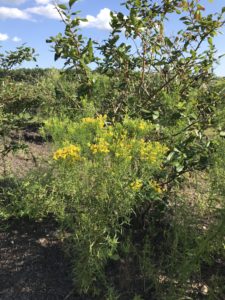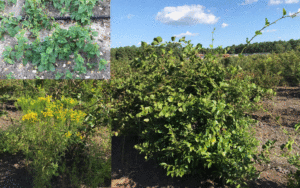Register for September 27 Webinar on Best Practices for Pesticide Aerial Application
EPA is hosting a webinar titled “Best Practices for Aerial Application” on September 27, 2018, from 2 – 3:30 pm ET. This webinar is tailored for growers, pesticide applicators, pest management professionals, and other interested stakeholders who work in crop production.
Webinar presenter, Dr. Bradley Fritz, is an agricultural engineer from the United States Department of Agriculture (USDA), and serves as the Research Leader of the Aerial Application Technology Research Unit at USDA’s Agricultural Research Service. The presentation will cover different methods of aerial application, best practices for reducing spray particle drift when using aerial application equipment, nozzle selection, and the use of adjuvants as they relate to aerial application.
Learn more about reducing pesticide drift.



